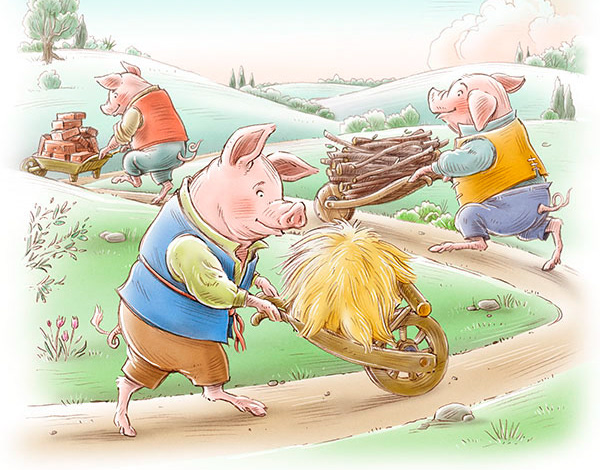Heritage Hill Historical Park
Heritage Hill Historical Park features several restored structures that chronicle the history of Saddleback Valley in the Los Angeles area from the pre-European culture of the indigenous Acjachemen, to the Mexican Rancho era, to the formation of the town of El Toro, to the citrus farming days of the early twentieth century. Art direction by Laura Stahlberg, creative direction by Jennifer Rigby at the Acorn Group.
The Acjachemen made inventive use of local vegetation, especially the Arroyo willow, to create their dwellings, baskets, clothing and even medicinal tea.
In 1542, Juan Rodriquez Cabrillo sailed past the indigenous coastal villages in search of fabled riches. In 1602, Sebastián Vizcaíno conducted an expedition to map the coast of California. But it wasn't until the arrival of Father Junípero Serra in 1769 that the Europeans began to colonize the region.
For 65 years the Spanish managed a series of missions up and down the California coast. After Mexico broke from Spanish rule, it confiscated the land and parceled it into privately-owned ranchos. Rancho Cañada de los Alisos, formed in 1842, was the main rancho located in the Saddleback Valley.
In the late 1800's the Ranchos became increasingly difficult to sustain and were gradually sold to settlers emigrating from afar, including the United States. Water pipelines allowed the land to be cultivated with crops like black-eyed beans, barley, apricots and walnuts.
With the arrival of water, the town of El Toro was established and municipal buildings, like the Grammar School and St. George's Episcopal Church, were built.
As well technology improved and water became more abundant, the crops changed. By the 1920's orange trees were the main crop in the area. In the 1950's, with the advent of even more water from the Sacramento delta and the Colorado river, housing tracts gradually replaced the orange groves.









